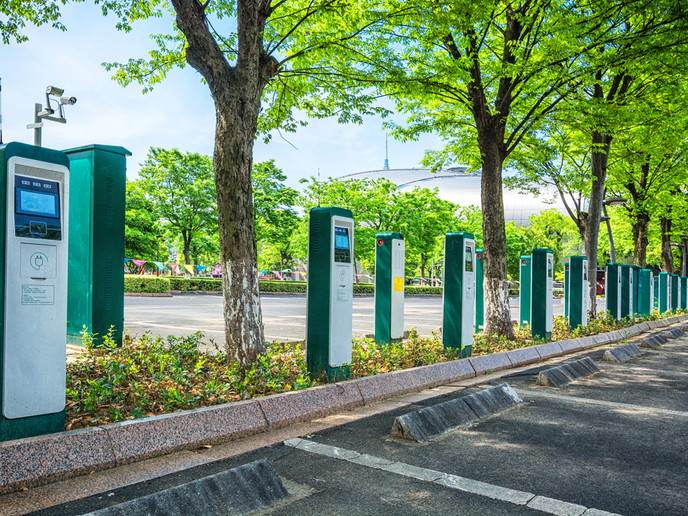Automated charging technology for electric vehicles
Imagine charging your EV without the hassle of plugging in a cable and paying for the service automatically, just at the tap of a button. Sounds like the distant future? Innovative technology such as this will soon become a reality thanks to the EU-funded Matrix Charging project. In cooperation with an initiative that provides sustainable blockchain-enabled energy and mobility solutions, and other experts from an energy company, project partners recently demonstrated their working prototype system. Cars with matrix charging (MC) systems charge automatically when parked over an MC pad. The main components, the MC Connector and the MC Pad, communicate through a secure wireless connection. Following an authentication process, the vehicle automatically connects to the MC Pad and a secure payment service is provided with the use of decentralised ID and payments via the blockchain. The project website notes that Matrix Charging® is “the first automated conductive charging technology that has no moving parts outside of the vehicle.” The technology is also explained in a video. As can be seen in the video, a connector integrated into the underbody of the vehicle lowers to the charging pad on the ground, thus establishing a powerful conductive connection. The project website emphasises that Matrix Charging® has “[c]harging power of up to 22kW AC and high-power DC” with a transmission efficiency of over 99 %. All ground pads in a parking infrastructure can be interconnected, allowing easy connection to the electrical grid. The MC Connector can be retrofitted easily in any EV due to its “light weight, smart design and adaptable geometry,” according to the project website. Seamless electro-mobility In an ‘InsideEVs’ press release, Hermann Stockinger, CEO and founder of project coordinator Easelink, states: “The combination of Matrix Charging with an automated payment system is an important step in the realization of our vision. We want to enable automatic charging in every parking stop, completely unnoticed by the EV user. This opens up entirely new possibilities in the field of urban e-mobility and smart cities.” The system will be tested in a living lab in south-east Austria, and project partners hope that following serial development, validation and industrialisation, the final infrastructure will be ready for distribution. The ongoing Matrix Charging (Matrix Charging: Novel, automated charging infrastructure for electric vehicles) project builds on the EU-funded MATRIX CHARGING project that ended in 2017. Its vision was to standardise automated EV charging, as explained on CORDIS. Both projects were set up with the broader aim of overcoming the hurdles to the wider adoption of EVs, such as range anxiety, variable power costs and long refuelling times. The partners believe their technology will help speed up the energy transition towards a zero-carbon society. For more information, please see: Matrix Charging project website
Countries
Austria



